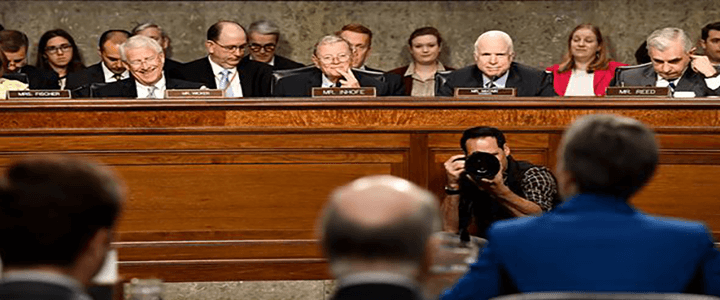A fellow contractor walked by my cubicle the other day to inform everyone that Las Vegas put the chances of the government shutting down on Saturday at 75 percent. I said I’d take that action.
I truly don’t believe the government will shut down this weekend. As I write this on Thursday evening, the House has just passed yet another 30-day continuing resolution. For those interested in keeping score, the final tally was 230 to 197. Eleven Republicans voted against the measure and six Democrats voted in favor of it. One Democrat and three Republicans, including Rep. Steve Scalise, who is recovering from yet another surgery to treat his wounds from the Congressional baseball shooting last summer, did not vote.
While it is true that there is no guarantee the Senate will follow suit, there just don’t seem to be anything to gain for either side by repeating what happened in 2013.
Which, actually, was not much at all.
Shutdowns are political theater
The Obama administration turned to grand theater, making the shutdown appear to be as painful and obvious as possible. By closing national parks and barricading the Lincoln Memorial, they tried to make it look like the apocalypse was upon us. But guess what?
We contractors were, for the most part, working on contract vehicles that were already funded. In many cases (at least in mine), we kept the lights on and the offices working while government employees enjoyed a vacation for which they were ultimately paid. And last year, a federal judge ordered the government to pay 25,000 of them additional pay for being forced to work during the shutdown.
Even if the government “closes” for a week or two, national security doesn’t take a break. There will be fewer federal civilian employees at work, but contractors and uniformed personnel will still be on the job.
No, the problem isn’t the threat of a shutdown, or even a shutdown itself. When it comes to national security, the real threat is Congress’s perpetual inability to pass a budget, keeping the Department of Defense, along with the rest of the government, in limbo.
Readiness and modernization are suffering
Continuing resolutions do what their name implies: they continue funding at the previous fiscal year’s levels. They do not appropriate money for new efforts. This means critical acquisition and modernization programs requested by the DOD, and authorized in the annual National Defense Authorization Act, cannot begin.
To find the last time a regular Defense Appropriations Act passed both houses of Congress, we need to go back to the first year of the Obama administration, when the bill became law on December 19 — two and a half months into the fiscal year. The time before that was in 2007, at the height of the Iraq “surge,” when the FY 2009 Defense Appropriation Act passed in November.
This pattern of eschewing regular appropriations in favor of CRs, “omnibus appropriations” or their hybrid offspring, the “cromnibus,” creates a situation where, as House Armed Services Committee Chairman Mac Thornberry (R-Tex.) said Wednesday on Fox News Channel, “the military is being held hostage” while Congress fights over other funding priorities.
In the end, readiness suffers. It matters not that “Overseas Contingency Operations” are funded at appropriate levels when the budget for training those forces prior to deployment is neglected. And while the Army in particular tries to “protect current readiness at the expense of future modernization and end strength,” as Gen. Daniel Allyn, the Army’s former vice chief of staff told Congress in March of 2016, it does so at the expense of modernization, individual training, and installation services.
Shutdowns and the threat of shutdowns are distractions; when Congress passes another temporary measure to keep the lights on, it distracts attention from the real issue, which is that it is doing serious short- and long-term damage to national security through its inability to fund the DOD adequately and predictably.
Don’t be distracted.




